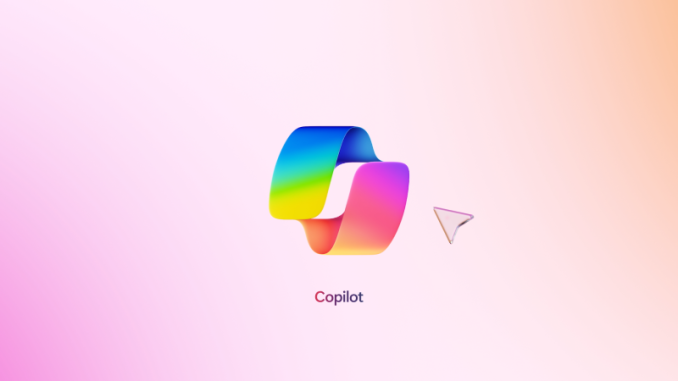
In a move that feels quintessentially Microsoft, the tech giant is rebranding its AI-powered Copilot tool. If you’ve followed the company’s history of strategic (and often predictable) name changes, this latest decision is likely to be met with a mix of amusement and understanding. Microsoft’s rebranding playbook seems to follow a consistent pattern: make the move feel necessary, subtly integrate it into the broader ecosystem, and ensure that it aligns with the company’s grander vision.
So what’s new for Copilot? Well, not much on the surface. The rebranding isn’t about radically transforming the feature itself—Copilot will still perform its AI-powered magic, assisting users with tasks across Microsoft’s suite of tools. Instead, it’s about wrapping the same powerful AI in a fresh new identity that better aligns with Microsoft’s latest direction.
The Name Change: The Microsoft Way
While Microsoft hasn’t officially announced the new name, the speculation is already swirling. Will it be “Microsoft AI Assistant”? Or perhaps it will be folded under the “Microsoft 365” umbrella, reflecting the company’s trend toward unification and simplification. Either way, you can bet it’ll be a name that fits perfectly within Microsoft’s broader branding strategy—nothing too flashy, but something solid and professional.
This is typical Microsoft: consolidating product identities to create a more cohesive experience for users. Whether it’s Office 365 becoming Microsoft 365 or Windows Defender evolving into Microsoft Defender, the goal is always the same: make everything feel interconnected, like pieces of a larger puzzle that all lead back to the heart of the Microsoft ecosystem.
The Strategy Behind the Rebrand
Rebranding Copilot isn’t just about a name change—it’s a strategic move that ties into Microsoft’s vision of being a leader in AI-driven productivity. By folding Copilot into a larger brand, Microsoft can present it as more than just a standalone tool. It becomes part of a bigger, more comprehensive solution that speaks to the company’s overall AI ambitions.
Think of it as Microsoft’s way of telling users, “This isn’t just a tool; it’s a critical part of our mission to revolutionize how you work.” By integrating Copilot’s identity more deeply into its core services, Microsoft is reinforcing the idea that AI isn’t an optional add-on—it’s central to the future of productivity.
What’s Next for Copilot?
Expect this rebrand to come with some enhancements, as Microsoft typically uses these moments to roll out additional features or improved integrations. Copilot is likely to become even more embedded in tools like Microsoft Teams, Excel, and Word, ensuring that AI assistance becomes an everyday part of your workflow rather than just a novelty.
And of course, Microsoft will position this as a win for users, promising better productivity, smarter workflows, and more seamless integration across its product lineup. It’s the classic Microsoft approach: steady, strategic, and aimed at reinforcing the ecosystem that has made it a leader in enterprise solutions.
Conclusion
At the end of the day, Microsoft’s decision to rebrand Copilot is about more than just a new name. It’s about positioning the tool as a core component of the company’s broader AI strategy. As Microsoft continues to push the boundaries of what AI can do, expect more of these rebranding moves that subtly but surely tie everything back to its core mission.
In true Microsoft fashion, this rebrand won’t be dramatic. It’ll be calculated, strategic, and—most importantly—it’ll fit right into the bigger picture of where the company is heading. And in the end, that’s exactly what we’ve come to expect from Microsoft.
Leave a Reply